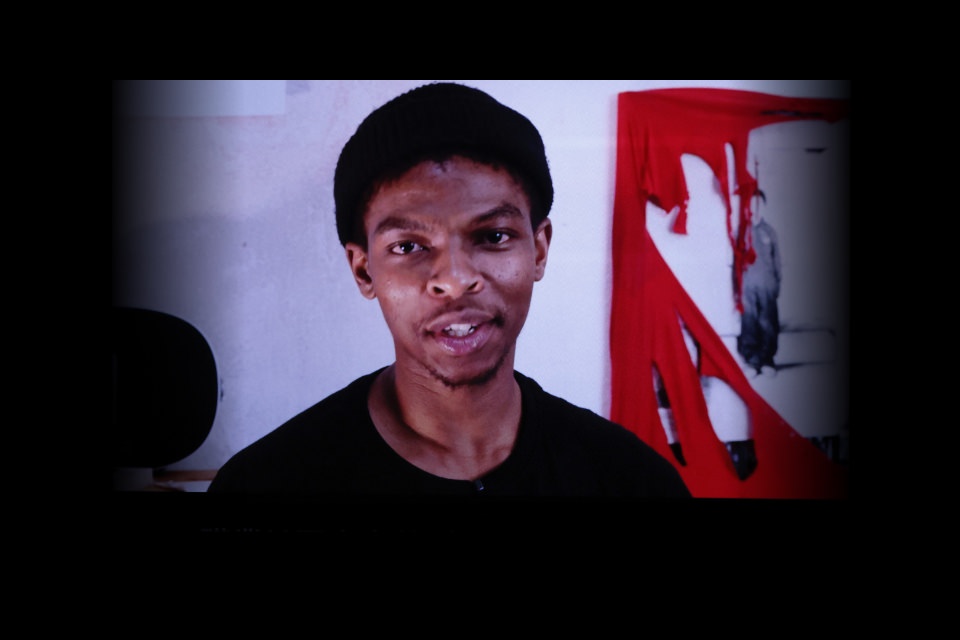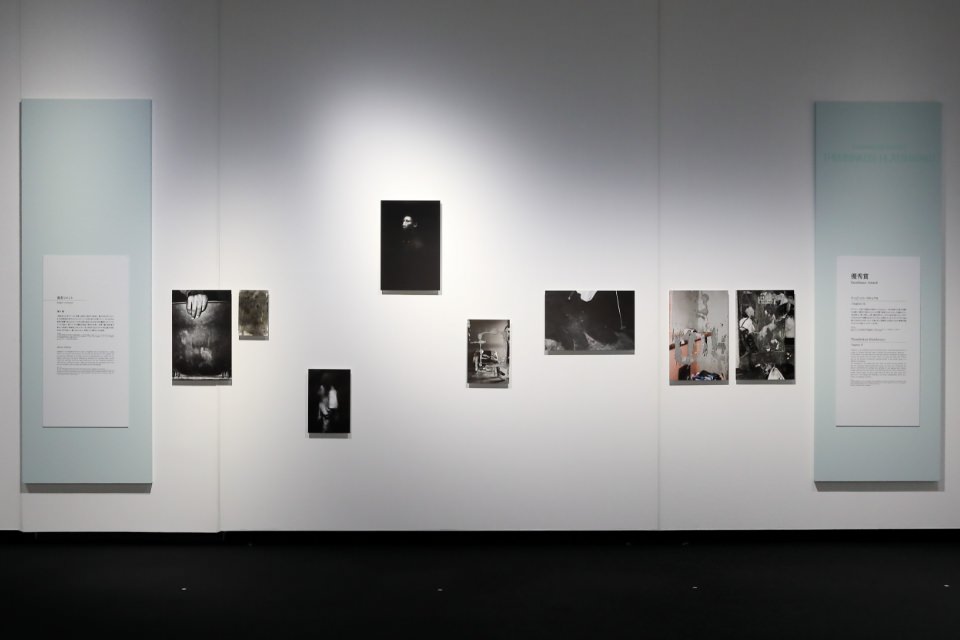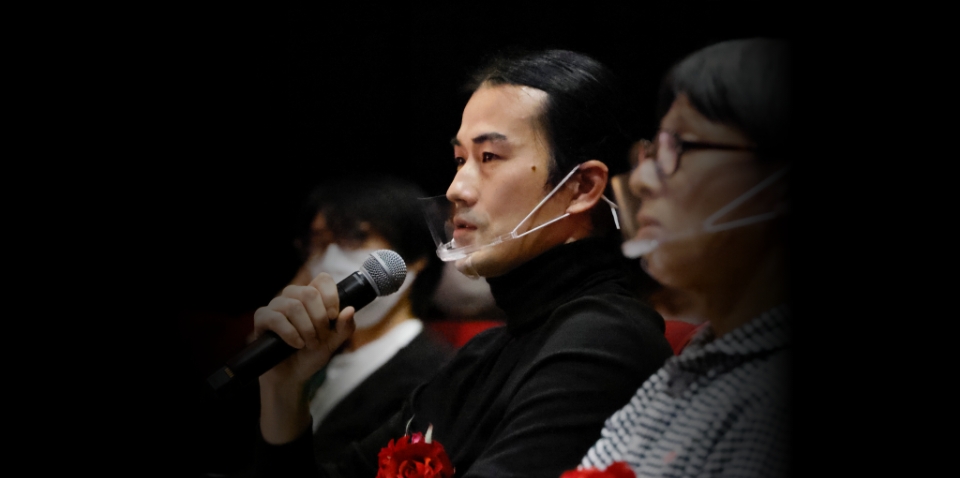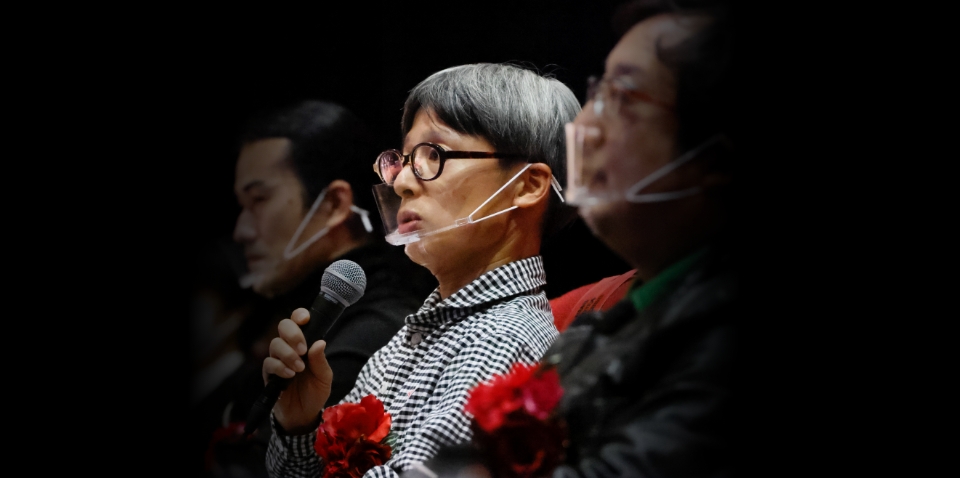PRESENTATION
I'm a photographer and visual artist based in Lawley, Johannesburg, South Africa.
I had a very hard time expressing myself in words as I was growing up. In place of words, photography became a tool to express myself. I didn't take it seriously at first and I just toyed around taking snaps with my smartphone. I wanted to communicate with others using image photos, so I would show my images to my friends and explain what I wanted to convey and ask them what they thought the images said. Over time, photography became my tool for communicating, and I became preoccupied with exploring the possibilities of photography. Could I turn sounds or music into photos? Could I breathe life into still lives by taking photos of them? These possibilities totally fascinated me and I delved in and explored many of them. That was the starting point for me and photography.
I want to continue taking photos for a long time; I hope to do so for the rest of my life. One reason is the idea of a quest. Photography is a way of confronting and overcoming your own life as well as being an outlet for your emotions. It was through this interaction that I came up with this work.
My family ran a tavern. It opened in 1996 when I was three years old. So I essentially grew up in a tavern. Slaghuis, the Afrikaans word for slaughterhouse, was the name some people gave to my family's tavern because of the violent murders that occurred there. I chose Slaghuis as the title for the whole project. The project is still ongoing and has grown into several chapters. This work is the second chapter.
A strong connotation behind Slaghuis II is my quest for answers about the kind of mental wounds I suffered from the violence I witnessed in the tavern. It is also a quest for change and an exploration of the other side of violence. In my quest, I began to use the tavern, the source of my trauma, as my studio. I let the tavern tell its story, and I tell my story to the tavern.
A tavern is a place complicated by emotions. All sorts of emotions fight with each other to have their existence acknowledged. It's as if people leave their emotions in a tavern as a substitute for themselves. The process of exposing emotions through photography is very effective in reaching catharsis. There's almost a magical power in the process of presenting emotions with the physical medium of photography. Another intention I had was to express how patrons marked the tavern. The tavern also marked me, which is why I marred the photographs to depict how I am still captive today by the marks left inside me by the tavern.
The works seems to have had a cleansing effect. I feel my inner mind has been purified and the agony opened up by the tavern has vanished.


That the subject matter consists of marks and traces left by people on walls and floors was very compelling to me. I was also captivated by the rips on the photos. The exhibited works are probably duplicates, but I would have liked to ask the artist which would be his ideal format: displaying the actual photographs in their ripped state or how they appear in these duplicates. The focus on marks where something has occurred is central to this work, so I was curious about his presentation method.

I felt the exhibit was slightly underwhelming. Each photo is replete with disquiet seemingly connected to violence, such as body parts, soaked floors, and human silhouettes. But they don't convey a sense of danger; it's like they are a type of danger not yet known to us. In this aspect, I felt the exhibit was similar to the work of Roger Ballen, another photographer working in South Africa.

Judges' comments
Minoru Shimizu (selector)
I thought your presentation was terrific, if not a little too stylish. I found the photographs to be radical — in how they distilled through photography the relationship between the artist and the world and how that world marked him in the turbulent times in South Africa after apartheid was abolished — and, in part, introspective — in how the artist longed to return to the most bare, primordial place in order to reconsider the world and himself.
The primitiveness and stylishness captured in the photographs drew me into the work. Marring the photographs as an expression was done exquisitely. Had there been a few more pieces in the collection however, I could have better comprehended the full scope of Chapter 2.
The techniques are not new, but I selected his work for its enterprising attempt to recapture what is antiquated and bare, instead of the novel.